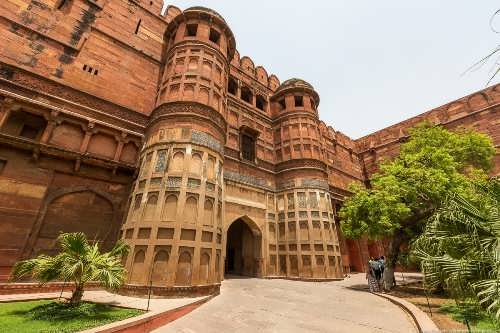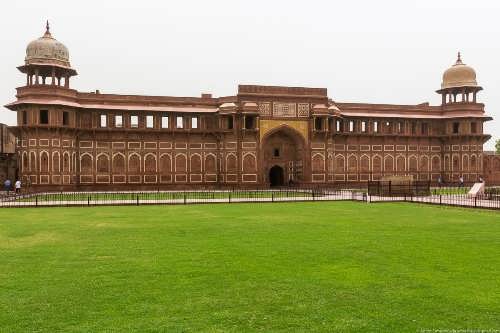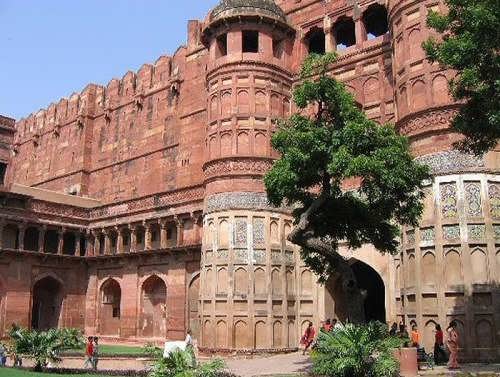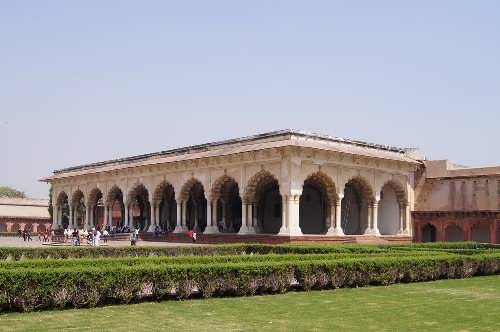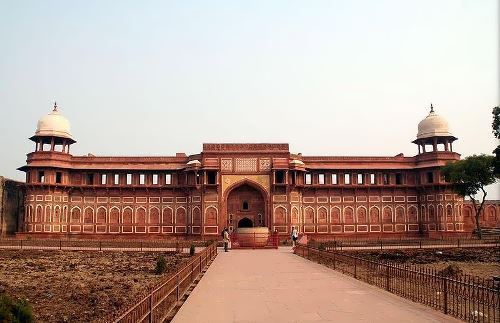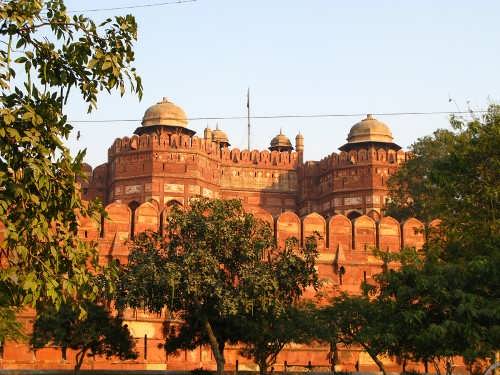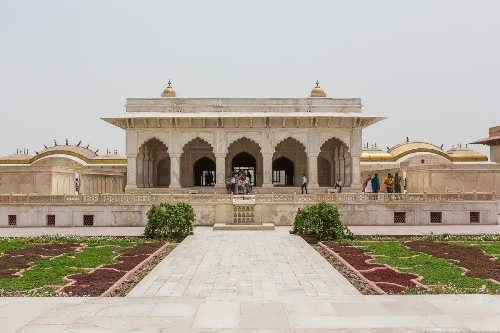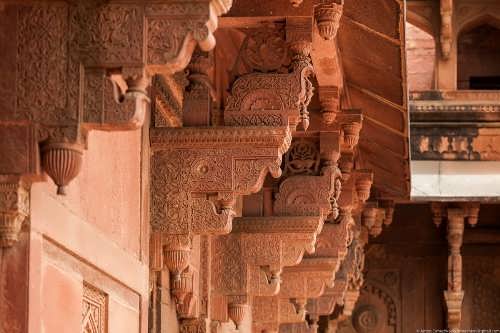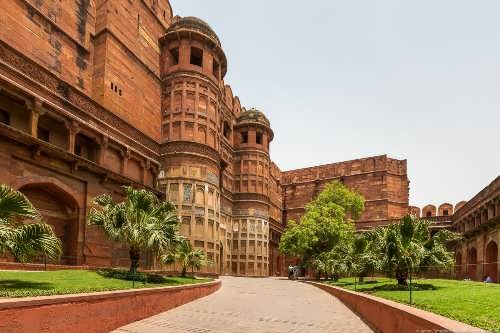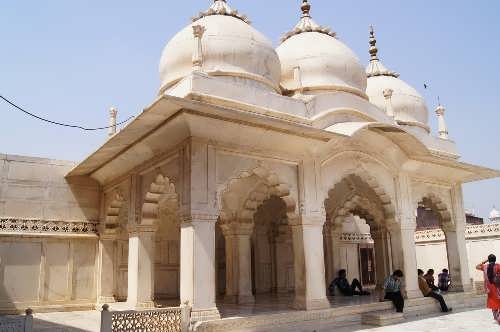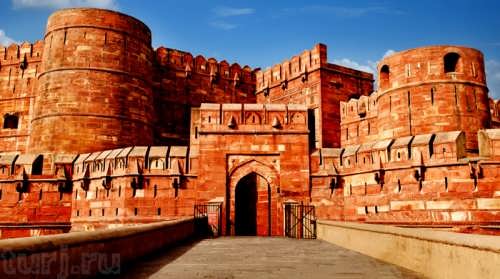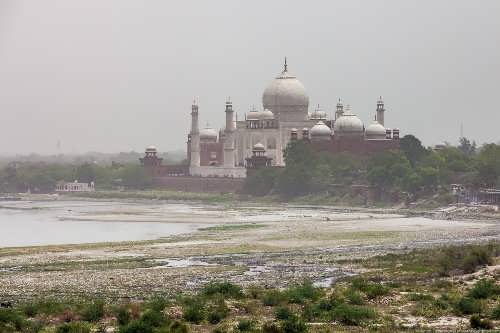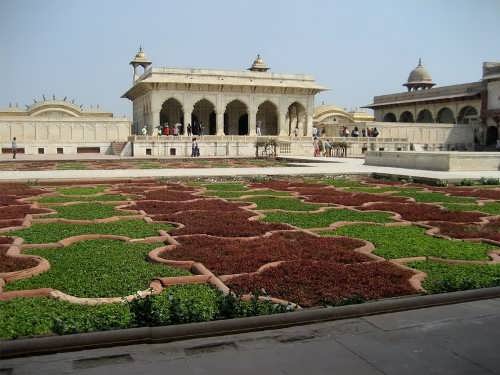Red Fort of Agra – Lal Qila
“Lord of the world”, Shah Jahan, the fourth and most famous ruler of India’s Mughal dynasty, left behind a considerable architectural heritage. One of the most significant is the Red Fort or Lal Qila, the so-called red sandstone, from which the walls are made. It is located in Old Delhi. Ambitious Shah Jahan built his royal residence with such pomp and wealth that struck foreign visitors and showed the greatness of the Mughal Empire.
From an architectural point of view the Red Fort is irregular octagon, surrounded by sandstone walls. From the western bank of the river their height is 18 meters and from the city they are 33 m high. There were six small palaces in the fort, but no one of them survived.
The eldest son of Shah Jahan, who took power and imprisoned his father in a dungeon, built Moti Masjid, or Pearl Mosque in the Red Fort. It differs from other fort buildings because it is white.
During the uprising in 1857, soldiers were recruited from the local population, the British were ousted from Delhi, and the Red Fort suffered considerable damage.
90 years later, in 1948, the flag of independent India was raised.
Red Fort, or Agra Fort, is the most important fort in India, which embodies the two generations of the Mughal emperors. This is a complex of palaces, squares, mosques, swimming pools, gardens and pavilions for rest.
Today, Agra Fort is listed among the UNESCO World Heritage Site. It is located 2.5 km from the famous Taj Mahal.
Here lived and ruled the country the great Mughal emperor, such as Babur, Humayun, Akbar, Jehangir, Shah Jahan and Aurangzeb.
According to Abul Fazl, historian of the era of the rule of Emperor Akbar, this brick fort was in ruins and was called Badalgarh.
Emperor Akbar rebuilt the fort, using red sandstone. The construction lasted for 8 years and about 1,444 million people were involved.
Akbar was the third Mughal emperor, and, of course, the greatest of them. He became the ruler of the Mughal in 1556, at the age of 14 years, after the sudden death of his father. When Akbar strengthened his position, he began reconstruction of Agra Fort. There was the state treasury and mint in the fort.
Fort consists of a wall built of red sandstone, and several internal buildings. There are four gates, the most famous of which are Delhi Gate and Amar Singh Gate.
Agra Fort played a key role in a detective novel about Sherlock Holmes, The Sign of Four written by Arthur Conan Doyle.
In 2004, the Agra Fort was awarded Aga Khan Award for Architecture.
Agra Fort was filmed in the music video for Hisham Abbas’ song Habibi Dah.




